In a few short weeks your little one starts Kindergarten! Make sure they have a good start on readiness with these end of summer activities and tips.
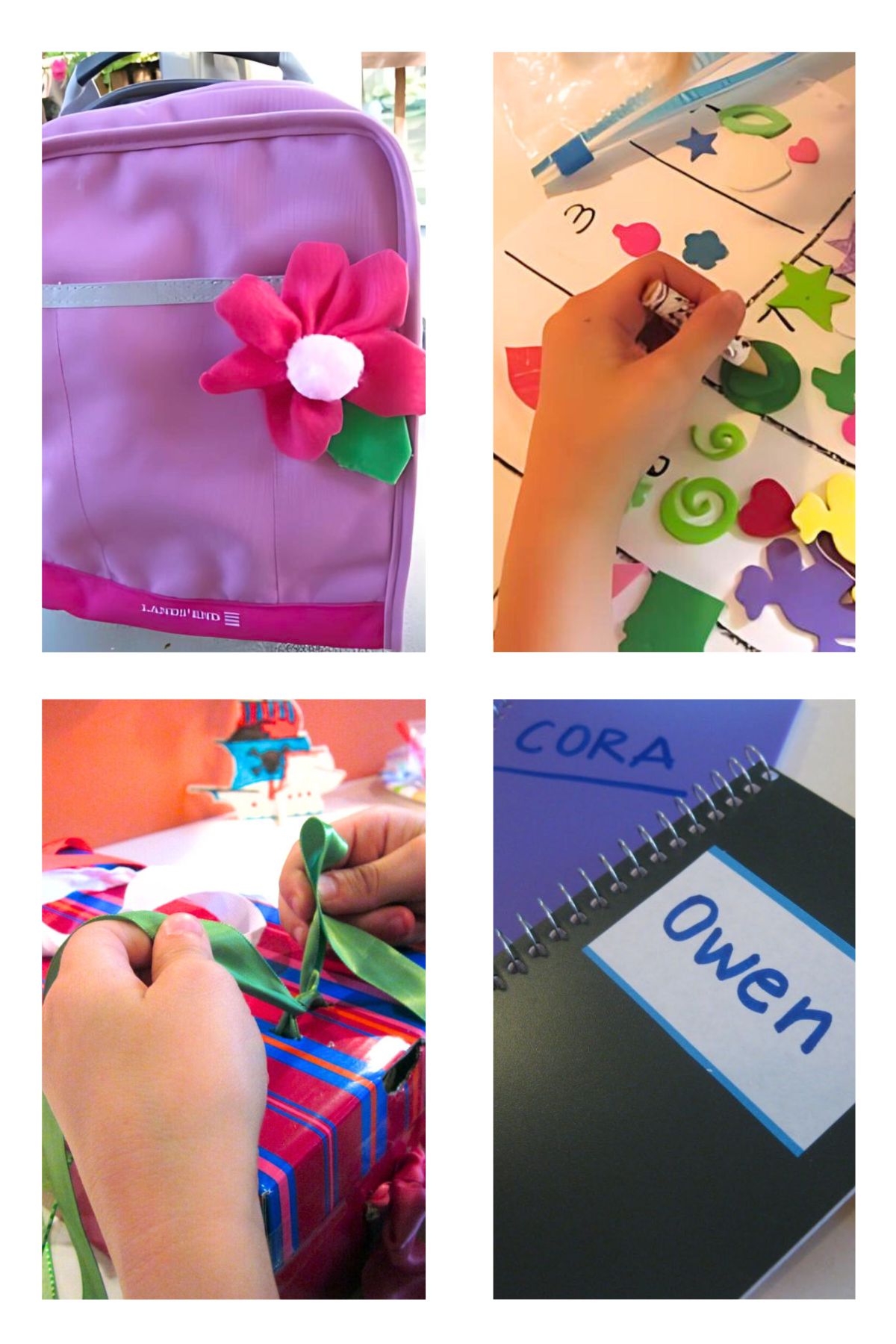
When I taught Pre-K I was amazed at the difference just knowing a few simple things made in how well kids did that year. Of course Pre-K and Kindergarten are all about getting everyone up to speed, but it is so much easier on them if they can come to that first day of school already being familiar with some of the basic skills.
How to Prepare Your Child for Kindergarten This Summer
Most kids are already pumped about starting school, maybe a little apprehensive too, but still mostly excited. So even if you haven’t done a lot up to this point, tap into that excitement to get them ready. It isn’t too late to start … Right Now!
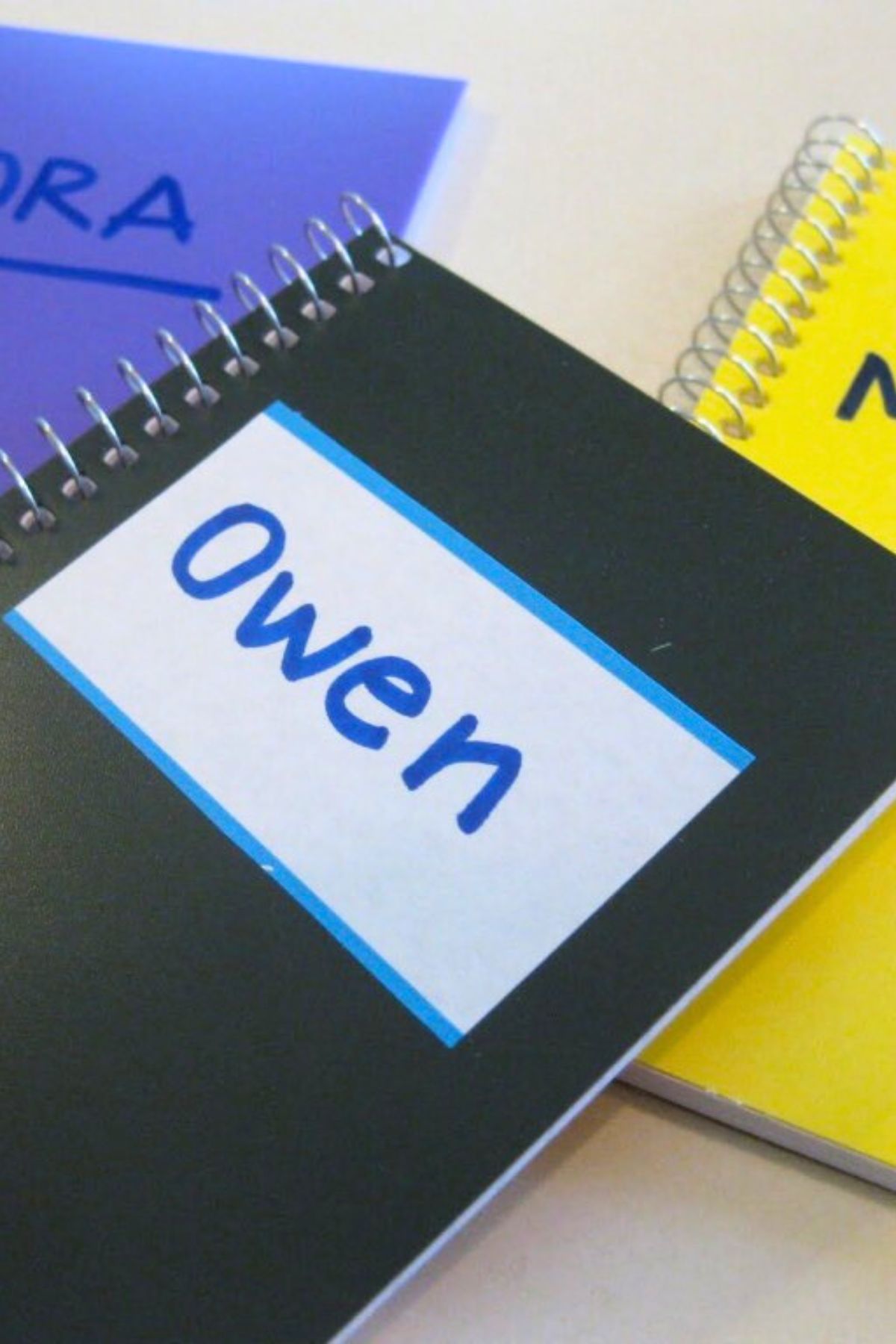
The Everyday Name books are just one way we celebrate–and practice!–names around here.
Practice Name Writing
Kids should be able to write their names by the time they get to kindergarten. Really. Kids are 5 or 6 by the time they hit elementary school, and many have been in preschool or daycare for a year or two before that. That’s a lot of time for practicing the few letters that make up a child’s name.
The writing doesn’t have to be perfect, but it should be legible (with legible being liberally sprinkled with grace!) Most likely on day one, kiddos are going to be asked to write their names, and what a confidence boost for a nervous child if he’s able to do it!
Do this by: Starting an Everyday Name Book; playing with names, playing with family names; finding any and every excuse to write names! Practicing and practicing and playing games with family names.
Talk about Letters–identify them and know their sounds.
This is more than just knowing the alphabet song! One of my students could sing the song but heard LM as one letter which of course threw everything after that off. There are tons of ways of playing with the letters of the alphabet, and by kindergarten, children should be able to identify most–if not all–of both uppercase and lowercase letters, in and out of order.
Of course, they’ll learn all about letters throughout the kindergarten year, but it’s important to make sure that children are able to identify of most of the letters so that they can focus on learning the sounds they make. Often this is the more tricky part. But we can help them learn letters and we can do it in really fun, sneaky ways.
Do this by: Checking out doing ABC Hunts; playing clothespin games with letters; putting letters on lids, play alphabingo; playing some alphabet board games; exercising with ABC’s; going on a leafy backyard alphabet hunt; doing an on-the-road (or at the grocery store or anywhere) alphabet hunt.
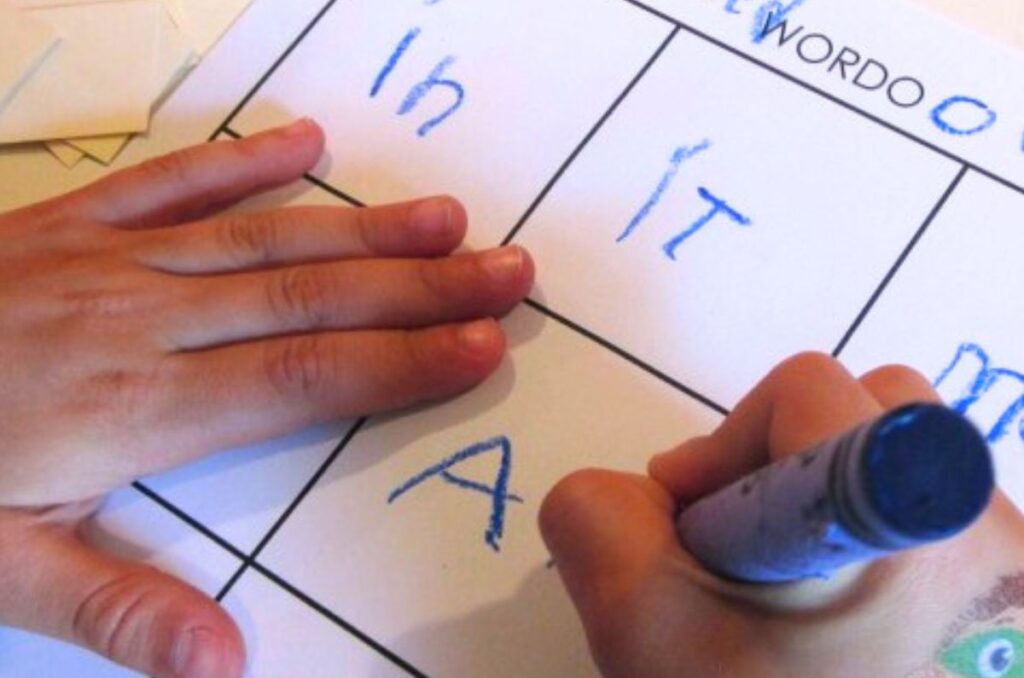
WORDO! is a super-awesome game for playing with words, reading and writing.
Play with Sight Words
Many school districts suggest that parents even start some sight word practice with their rising kindergartners before school starts. I think that’s a really great idea. Most children know that when they go to kindergarten they’ll learn to read.
And learning sight words–the words that are best learned by memorizing because they need to be recognized quickly and automatically (and because many don’t follow phonics rules!)–can be a confidence booster just like learning how to write names can be.
But the days of standing in front of a child flipping flashcards and making them read them for you are over. There are a ton of cool ways that kids can start practicing–and learning–these words that trump the ole ‘drill-and-kill’ methods.
Do this by: Playing Words Three Ways; taking out the magnetic letters and using them for building sight words; using sight-word word searches; writing sticky finger words; playing sight word Go Fish! or Memory; playing WORDO!; or check out a ton of other cool ways to play with sight words.
Number Boxes are a great way for kids to connect numerals with quantities.
Play with Numbers
Do a lot of number-playing this summer, in card games, in street sign games, and in simple “how many are there” addition games as you go about your day. It’s fun for them and they are learning math basics without even knowing it! It’s really important for our kids to be exposed to math concepts and have a general number sense before kindergarten.
Counting during walks, lining up Lego guys and counting them as you add them to the bridge you just built, or something as simple as timing how quickly ice-cubes melt in the sunshine all help build a solid mathematics foundation in our kiddos.
Do this by: Including math in your everyday activities or newspaper reading; counting money and skip counting; playing with numbers and number words; pulling out the ole grid games; reading some math-poetry; playing with number boxes. Creating fun ways of remembering how to write number 5.
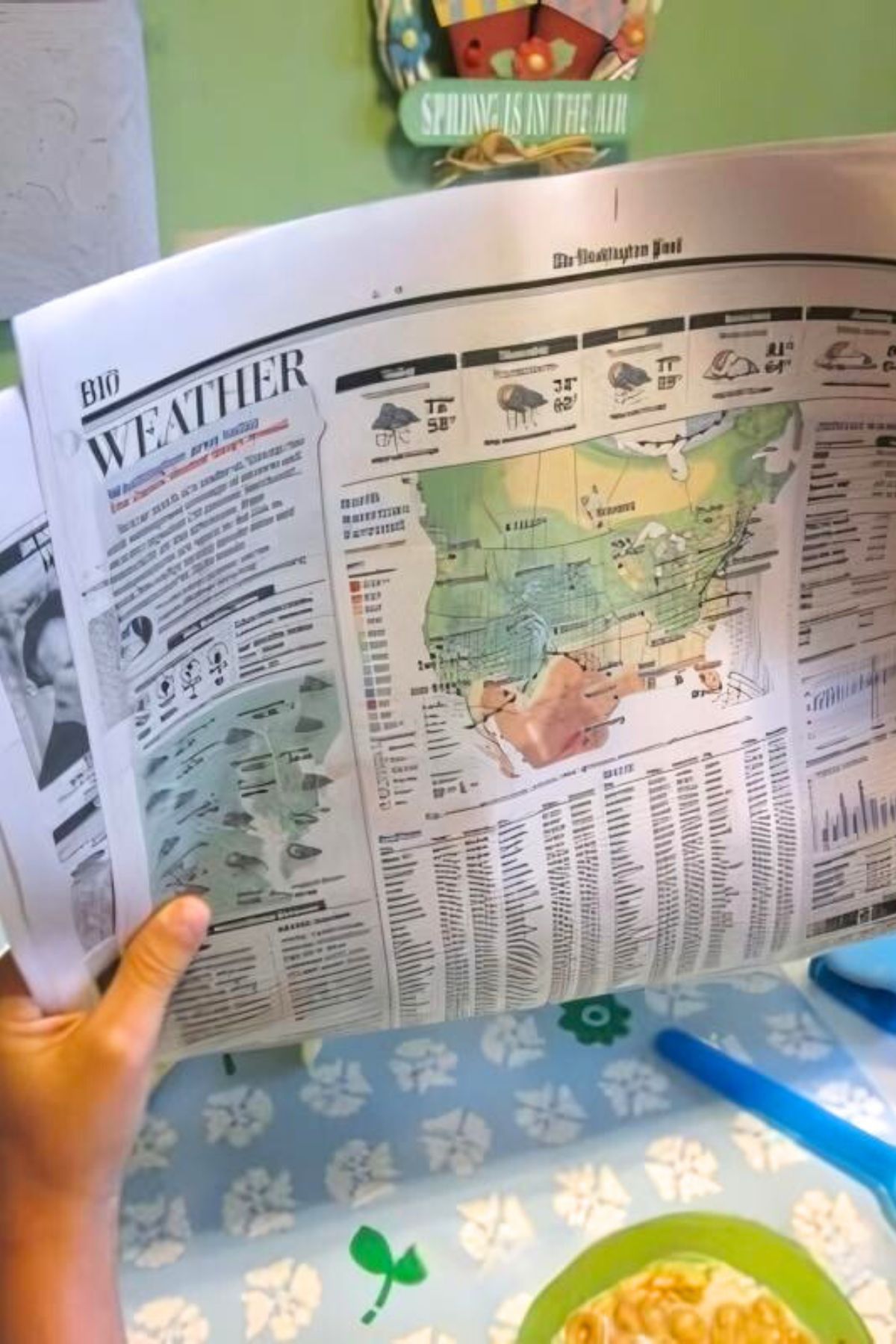
Read, Read, READ!
We really cannot read too much to our kids. We can’t. Reading can–and should–be done throughout the day, in a number of ways and not just reserved for before bedtime when everyone’s beat and you can hardly keep your eyes open.
We–as parents–need to show our kiddos that we don’t only read our friends’ and family members’ Facebook updates; it’s our job to demonstrate to kiddos that we read instructions so we can put together that bookshelf from Ikea, we read the newspaper so we know what’s going on in the world, and we read recipes so we know how to make our favorites.
And probably most importantly–we need to show our kids that we read for pleasure. We read to relax, we read for enjoyment.
We want them to get psyched for kindergarten and learning to read because then. . . then the world is open to them and they can learn about anything and everything they want!
Do this by: Reading, reading, reading. Reading about back to school. Reading to learn about our world. Reading street signs, reading cereal boxes, reading the words on their Wii games. Making reading fun. Talking about words and celebrating words. Throwing in easy, natural reading strategies during read-alouds.
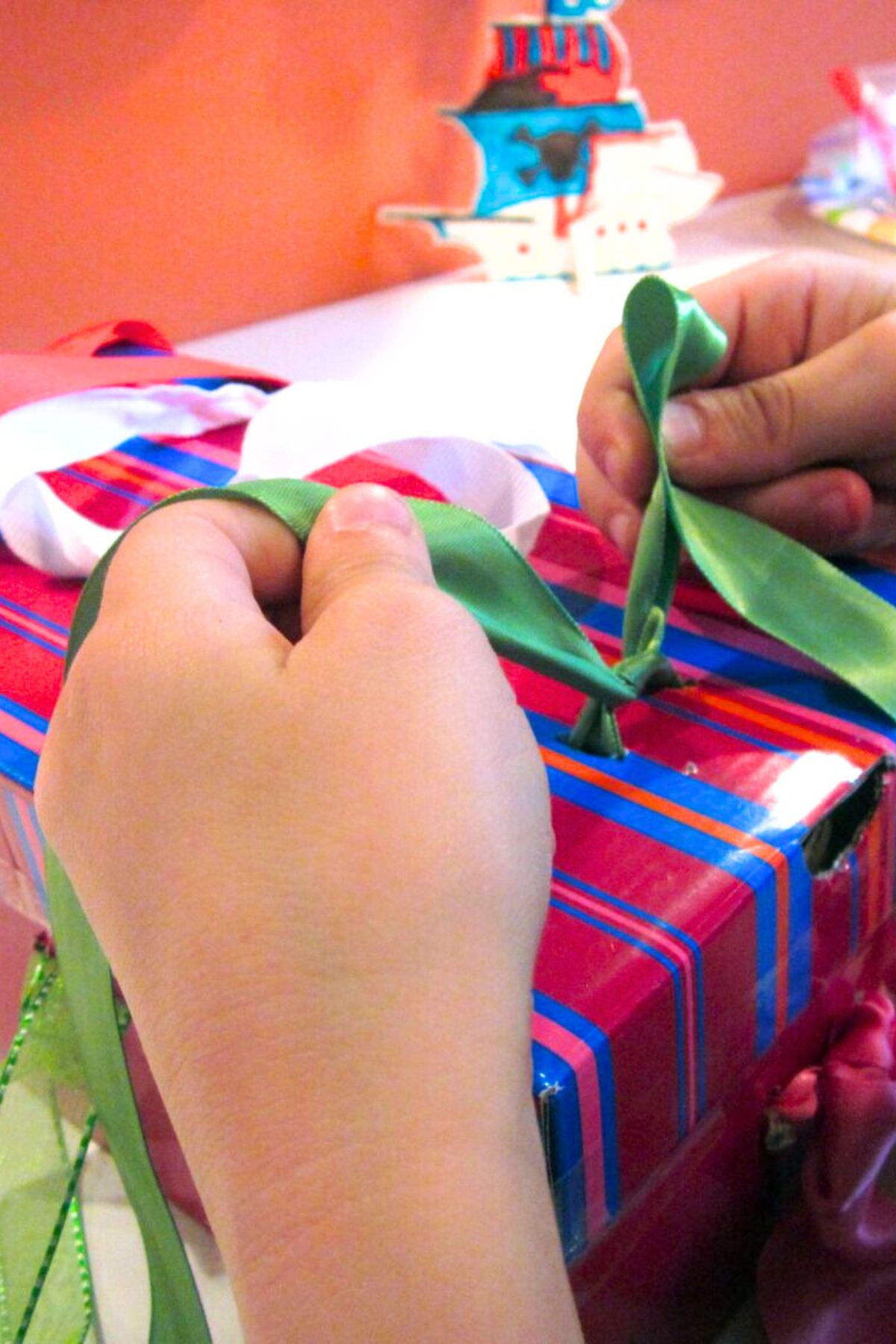
The Shoelace Box–or Ribbon Rows–no matter what you call it, it works.
Tie Shoes (Zippers and Buttons too)
Yep. Kids should start learning how to tie shoes, zip zippers, and button buttons. Though most are wearing flip-flops or crocs right about now, they’ll be wearing sneakers soon–and they’ll feel great if they can tie them for themselves instead of having to get the teacher to help.
Tying shoe is a hard one for lots of kids. Parents often are guilty of putting off teaching this skill because, let’s face it, sometimes when you’re in a hurry it’s just easier to do it for them. But now’s the time! With a lot of practice (and some fun) your little one will know how to tie his shoes on his own. There are several “stories” and rhymes to help them remember the steps.
Do this by: Making a shoelace box. This makes a game out of the whole thing and takes a lot of the pressure off. When it comes to zippering or buttoning, have your child practice by zippering or buttoning the sweatshirt that you’re wearing so she sees how it works more clearly than when she tries to zipper or button the one wearing the sweatshirt herself. Yours is bigger, too, so that sometimes helps.
Me on the Map may help kiddos learn their stats.
Memorize Their Info–Full Name, Phone Number, and Address
Kids should know this stuff by elementary school. If they don’t know their whole name–first, middle, and last–then start on that pronto! They don’t need to spell the whole thing (that would be nice . . . ) but your child needs to know that he’s Travis J, or Travis Johnson, not to be confused with Travis K, Travis O, or Travis W.
Okay, so the phone number and address are a little more difficult, and admittedly, I’m not sure our kids knew ours by kindergarten age. Looking back I seriously regret not making it a priority. Fortunately they were never caught in a situation when it was critical! Be smarter than me and do this NOW!
Do this by: A good friend of mine taught her girls to memorize their phone number with this song, set to the tune of
Frere Jacques (Are you sleeping, are you sleeping? Brother John. . . ):
1-2-3, [Insert your own phone number for these–]
1-2-3,
4-5-6.
4-5-6.
7-8-9-10,
7-8-9-10,
Call any time.
Call any time.
The address? Me on the Map activity is a good activity to teach them where in the world they are, but they still need to memorize their actual street address with zip code. When you go out on walks you can also play Where is Home? to get them thinking about how they would get home from different starting points.
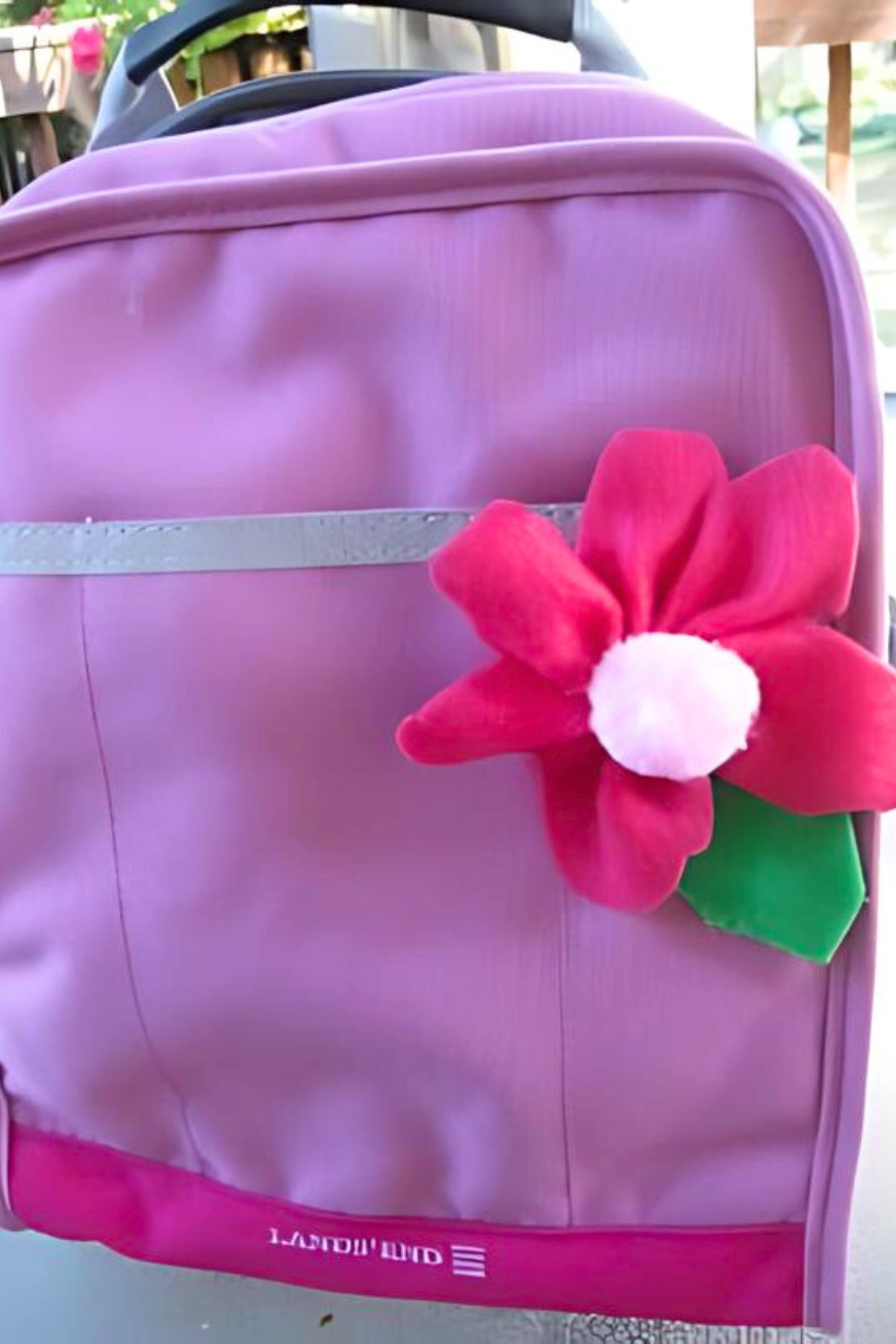
Talk About Safety
Stranger Danger used to be the way we taught this, but today we know that it is better and safer to teach about Safe Strangers. I really hate that this has to be taught, but it does. Over and over and over.
Your child needs to know there are certain strangers they can pretty confidently turn to if they are in trouble and you aren’t there. Uniformed officers, security officers, store employees, other parents with children are all motivated to help children.
Your child also needs to have your full name memorized, especially in this day when often mommy and daddy may have a different last name than their child.
Do this by: Read or listen to Spotting Danger Before it Spots Your Kids by Gary Quesenberry and go through it with your children! The Safeside: Stranger Safety DVD gets good reviews and is aimed towards kids.
Eat Lunch out of a Lunchbox
Many kids do this at preschool before they hit the big K-year. Because our kids were homeschooled they never had lunchboxes. I didn’t know this was a thing for them until our daughter started sending her son over to our house with a lunchbox because she didn’t want him to miss out! Who knew it was that important?
So in case your child hasn’t had this experience either, you might want to pack up the new lunchbox like you will during school and have a picnic or two before the big day.
Do this by: Packing his lunch in his brand-new, just-for-kindergarten lunchbox and picnicking somewhere!
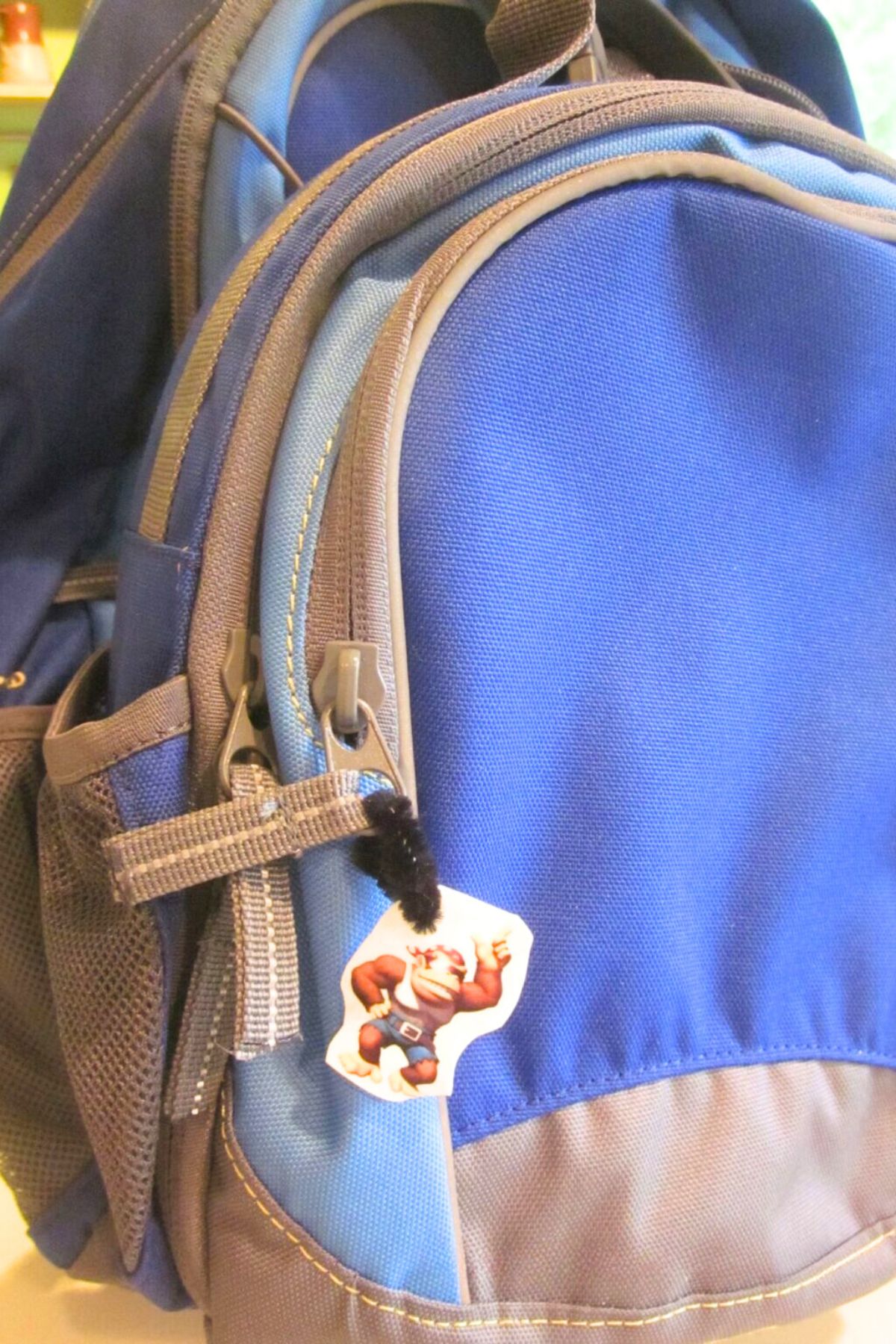
Bling the Backpack
By this time I think we all know it’s not wise to get backpacks monogrammed with kid’s names because it makes it easier for a stranger to call our kids by name and lure them away from safety. Right? Yes, you do need to have their name on the backpack, but put it inside.
I hear from my public school friends that it is important and trendy to bling out backpacks. Now some kids are going to want BLING while others not so much. Be sensitive to the level of bling your child is comfortable with.
Do this by: Making something simple and fancilicioius, like these felt flower pins or make it a little more subdued. You can make personalized Shrinky Dinks charms showcasing what your child is interested in, but there again just be careful how much information you put out there for everyone to see.
Say ‘Hello’ to her teacher
The kids really love filling out and sending these notes — and I think the teacchers like them too.
It’s just a quick introduction–nothing fancy or involved–between student and teacher before Open House, Back-to-School picnic, whatever. Some schools have actually adopted a version of these letters and send them to the kids. You might want to check out what your school does so the effort isn’t duplicated.
Do this by: Sending Hello Teacher Notes to the new teacher.
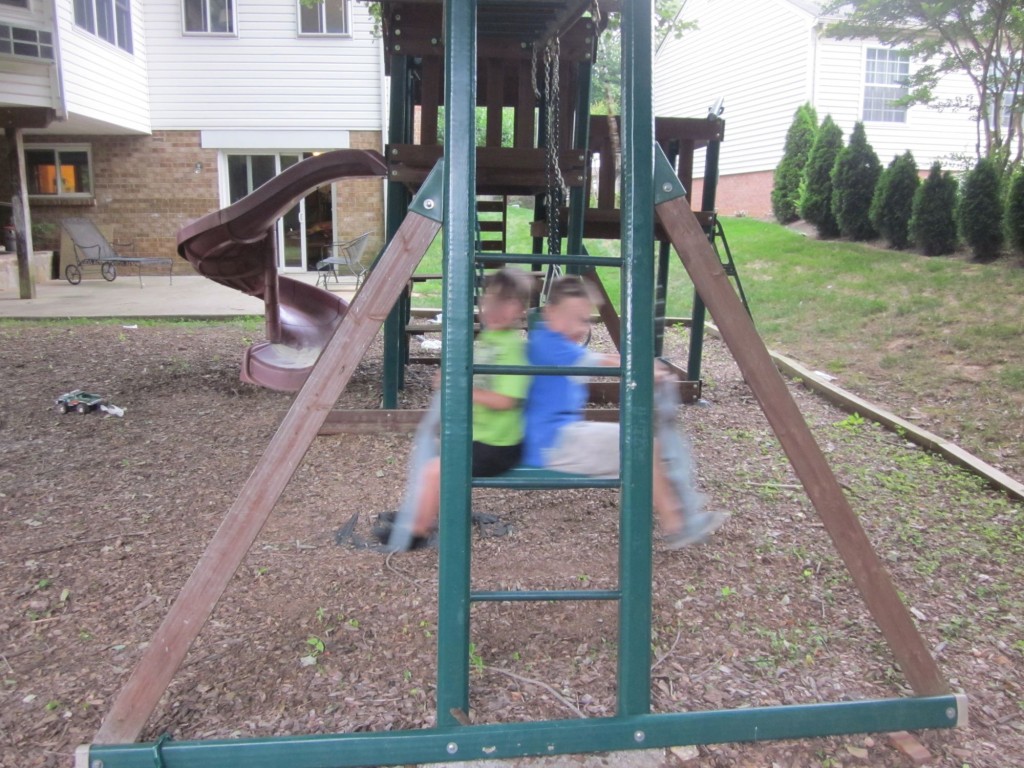
Let them play, let them play, let them play. With new friends and old.
Get Together with New Friends and Classmates
It’s so important for kids to have at least one familiar face when they walk into the building that first day, but I am well aware that that is not always possible.
Do this by: Ask if it is possible to get contact information for the parents of the children in the class so you can organize a prestart playdate. Another option is to work through the parent organization (PTA or whatever it is called in your school).
Send out emails inviting everyone to a park playdate event. Something along the lines of: Let’s get the Bayside Elementary School 2024 rising kindergartners together! Plan to meet at [this park] on [this date] at [this time]. Bring snacks! Bring outside toys! Siblings welcome!! Any questions, please contact [your email or phone number].
And be sure to stop by the grocery store for some cheap frozen pops if you can.

Following Directions
Having kids listen to verbal directions–and then follow them–is super-important for success in school and life! There are probably a zillion ideas for how to get kids to listen. If you have a foolproof method, drop me an email! As far as I can tell the ideas are divided into two camps, Intrinsic and Extrinsic rewards.
Extrinsic rewards
Those are the rewards that are outside the child. Gem Jars, flowers on a poster, checks or little gold stars etc. These work great … as long as the reward is offered. It’s been shown in several studies that when the reward stops the behavior actually decreases. Rats!
Intrinsic rewards
These are the rewards that come from inside the person. As you can figure, they are more difficult to set up but last much longer. It’s the difference between getting that star and the feeling a child gets from within for doing a good deed. Those behaviors last a long time, sometimes a lifetime! Sometimes all it takes is a sincere word from Mom or Dad noticing the behavior.
Whichever way you choose it’s very important to give kids specific tasks with clear directions so they practice those listening skills.
Start with small tasks. That way it’s not always a ‘Get in there and clean your room‘ (A BIG job with lots of variables), ‘Hang up those wet towels!’ or a ‘Please turn off the light‘– maybe if we occasionally throw in a ‘Please make yourself–and me–a huge bowl of ice cream‘ or a ‘Will you please teach me how to play Mario Kart?‘ they’ll listen more closely. . .
Remember to say, “Thank you for listening and following directions so well!” so they can connect the behavior to the reward.
Give Them Space
It’s sometimes difficult for parents to do, but giving your child free time is important. I’m not talking about setting our kids free to roam the ‘hood with the instructions to return at dinnertime. Sadly, those days are long gone.
I’m talking about giving kids the opportunity and freedom to choose for themselves what they do and, to a much lesser degree, where they do it. As long as you know they are within safe boundaries of your house, possibly your yard, or their treehouse/playhouse/fort then let them be.
They need the limited practice of making those decisions without feeling they are always under your watchful eye. (Even though, in truth, you’ll still probably be watching from a distance!)
Kindergarten is a big step. And our kids need to know that we have confidence in their success.

Relax!
I recently read an article entitled How to Land Your Kid in Therapy. As a counselor I often hear parents fret about their kids “needing therapy” as if it were an indication of their failure as parents. I always ask if they feel the same way when their child get a cold.
Really y’all, everyone needs a little help at times … even your kiddos! And there is no such thing as a “perfect parent”. Relax! Focus instead on being a good enough parent. Do your best. Ask for forgiveness when you fail and be sure to give it when they fail. Then get back up and try again!
PIN THIS FOR LATER
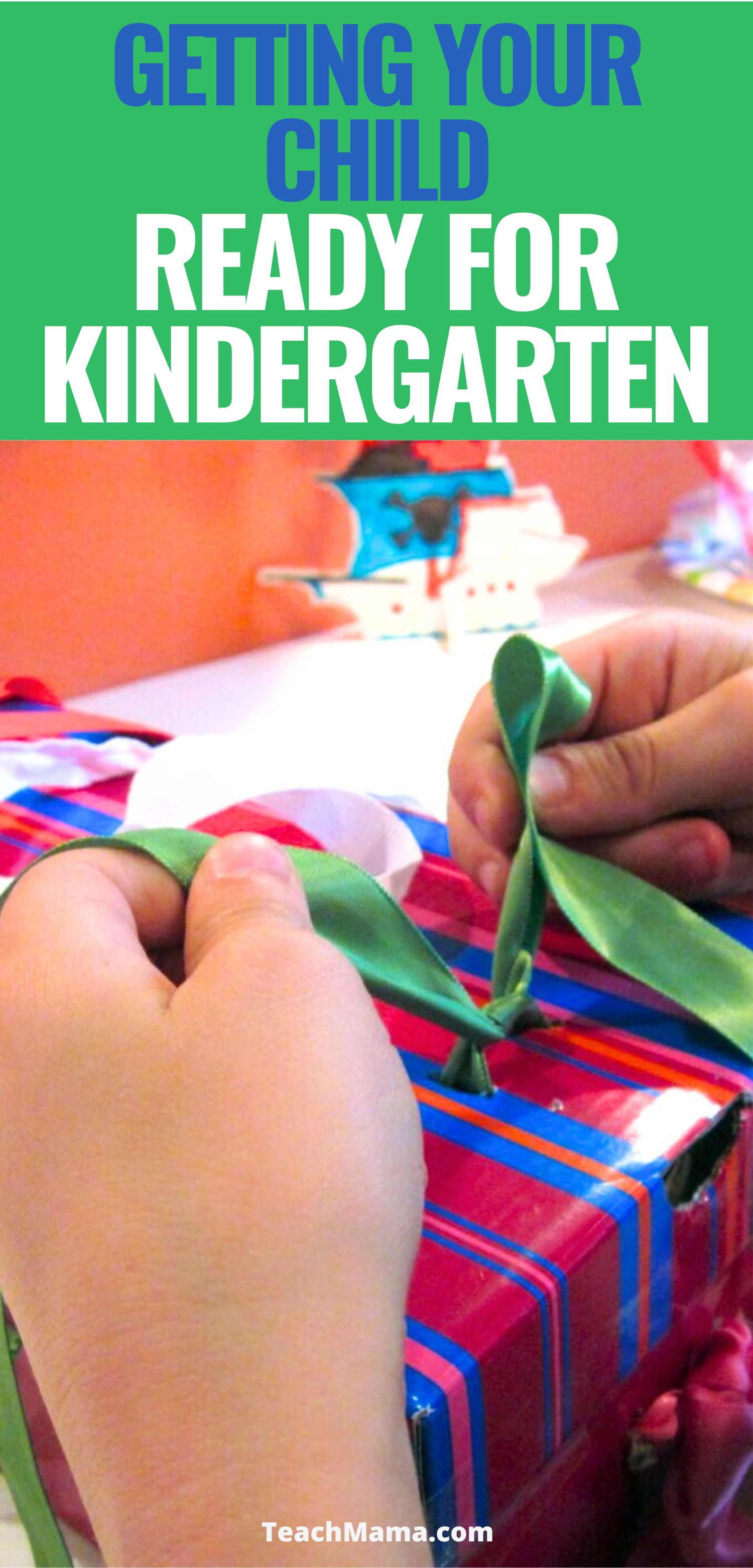
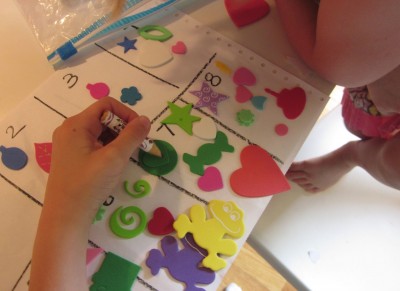
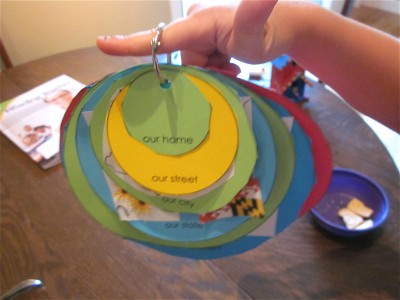

Leave a Reply